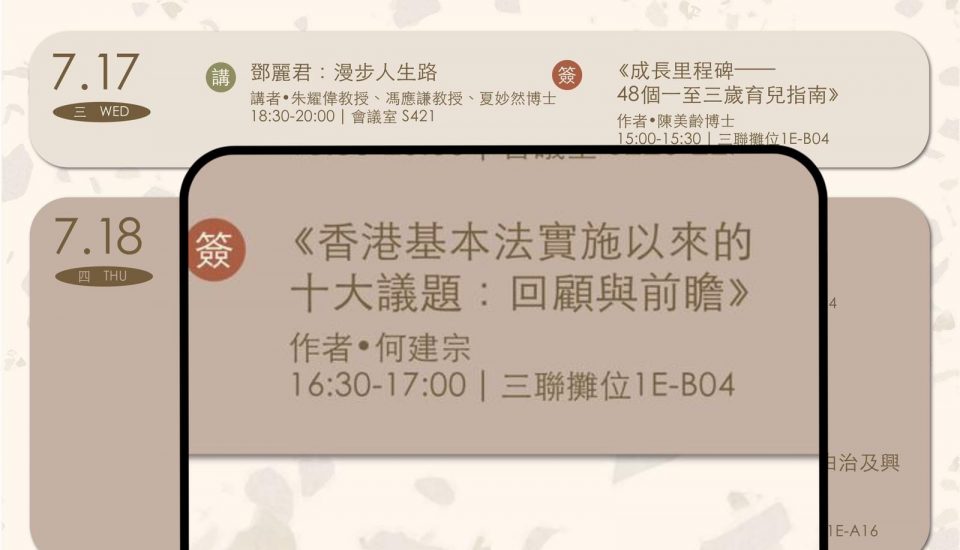Henry Ho: Giant technopole to drive HK’s I&T development

本智庫入駐大灣區(南沙)國際傳播中心

本智庫赴海南調研

Hong Kong has set its sights on becoming an international hub for innovation and technology (I&T) as the special administrative region government’s proposed San Tin Technopole is slated to take its place at the very heart of the Northern Metropolis.
Last week, a public consultation on the technopole’s planning and development drew to a close. Talents and enterprises from the Chinese mainland and further afield will converge in the technopole to drive I&T development, and the technopole will speed the development of the “South-North dual engine” (financial development in the south, and I&T in the north of Hong Kong) to power economic development.
Now is the time for the government to adopt an outstanding development path for the San Tin Technopole so as to open up opportunities and potential for the city’s I&T development.
Over the past decades, the government has initiated various urban planning projects, most of which have been heavily focused on addressing housing needs.
Take as an example Hong Kong 2030+, the government’s territorial spatial development strategy for the city; it places emphasis on helping Hong Kong residents have larger and better quality homes, aiming for an average living space per person of up to 22 square meters.
But there are not many details on the subject of employment in the report, while the pursuit of high value-added development to diversify economic development merits no more than a vague mention.
The report emphasizes that Hong Kong will continuously step up development of key infrastructure (in three central business districts, two strategic growth areas and three emerging development axes) to create more job opportunities.
In stark contrast with previous planning proposals, the proposed development plan for the San Tin Technopole overly emphasizes job creation but pays less attention to housing needs.
According to government data, the technopole covers 627 hectares — comprising a gigantic I&T park and San Tin town center. The I&T park will provide 7 million square meters of gross floor area, which is 17 times the size of the Hong Kong Science Park.
It’s expected that some 120,000 jobs will be created at the I&T park. Combined with the jobs available in the San Tin town center and over 50,000 jobs in the Hong Kong-Shenzhen Innovation and Technology Park in the Lok Ma Chau Loop, there should be a total of 215,000 available jobs in the San Tin Technopole.
Meanwhile, only around 50,000 new flats are expected to be built in this area, of which 70 percent, or 35,000 or so units, will be public housing, and the remaining 30 percent, or about 15,000 units, will be private housing.
It’s apparent that the number of jobs available will far exceed that of housing units in the technopole, raising concerns about an imbalance between jobs and housing supply by the 2030s. In the past, the government suggested that the mismatch between the number of jobs and residents in newly developed districts could be mitigated by enhancing transportation networks.
In some development projects such as the East Lantau Metropolis and Artificial Islands near Kau Yi Chau, plans for traffic connections between the New Territories and urban areas have not been significantly boosted.
Based on the existing planning for the San Tin Technopole, the provision of some 30,000 public housing units is an apparent mismatch for the housing needs of the professionals working there.
The monthly income ceiling for a three-member household applying for public housing stands at HK$24,410 ($3,118), much lower than the monthly salary of most I&T professionals.
Obviously, professionals working there will look for private flats, which are not amply supplied in the technopole. Such a public-private housing ratio is inconsistent with the principle of the job-housing balance envisioned for the Northern Metropolis.
To attain the job-housing balance in the San Tin Technopole, the proportion of private housing should be increased to, for example, 50 percent. This will attract and enable more I&T professionals to settle in the Northern Metropolis.
Additionally, it is essential to strategically phase the progression of the San Tin Technopole. This entails a meticulous calibration of construction scale and pace, taking into consideration the harmonized expansion of the workforce, capital investment, transportation infrastructure and community amenities.
This strategic phasing should also be synchronized with the changing requirements of Hong Kong’s industries, so that the technopole’s development can effectively accommodate the changing needs and priorities of industries, creating an optimal environment for growth and innovation.
Meanwhile, the lack of community facilities such as shopping, dining and entertainment venues will hinder the technopole from developing into a livable community, significantly reducing its appeal to potential talent.
In the current planning framework, only two plots of land are designated for mixed-use purposes, which is insufficient considering the extensive scope of the technopole.
Taking successful technology park developments like San Francisco’s Mission Bay, the Knowledge and Innovation Community in Shanghai, and the Shenzhen High-Tech Industrial Park into consideration, a balanced mixed-use development approach combining research and development (R&D) functions with non-R&D functions (such as residential, educational and commercial facilities) can provide more convenience for residents, and attract more investment and corporate presence, thus unlocking the development potential of the technopole.
To retain talent, it is essential not only to provide them with a comfortable living environment but also to ensure their job satisfaction.
While the government has predicted that the San Tin Technopole will provide over 200,000 jobs, its ability to attract talents remains uncertain.
In today’s competitive world, many cities have resorted to innovative tactics to attract talents, often including offering substantial financial incentives.
For instance, Shanghai provides housing subsidies of up to 5 million yuan ($685,323) for A-level talents such as Nobel Prize winners and Turing Award recipients, while Hangzhou offers up to 8 million yuan in subsidies.
Shenzhen has introduced financial incentives ranging from 1.6 million to 6 million yuan for talents depending on their abilities. There is also a subsidy of 6 million yuan for recipients of the highest national science and technology award or a Nobel Prize.
Foshan offers 4 million yuan to national-level leading talents, such as recipients of the National Natural Science Award.
It’s evident that attracting and retaining talent requires a comprehensive approach that goes beyond providing comfortable living conditions.
Therefore, to establish the San Tin Technopole as a thriving I&T hub, the SAR government should consider similar strategies to create an environment where talents not only find a place to call home but also a place to excel in their careers. For example, the SAR government could provide different subsidies to I&T companies in the technopole based on factors such as company size, investment amount and innovation capabilities.
The government can also offer bonuses to talents based on their professional backgrounds, skills and contribution to their companies.
By introducing these measures, the government can establish a more comprehensive and competitive environment that goes beyond basic job security and housing, ultimately positioning the San Tin Technopole as a leading destination for top-tier talents.
The author is founder and chairman of One Country Two Systems Youth Forum.




